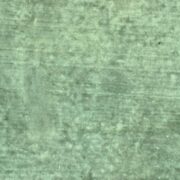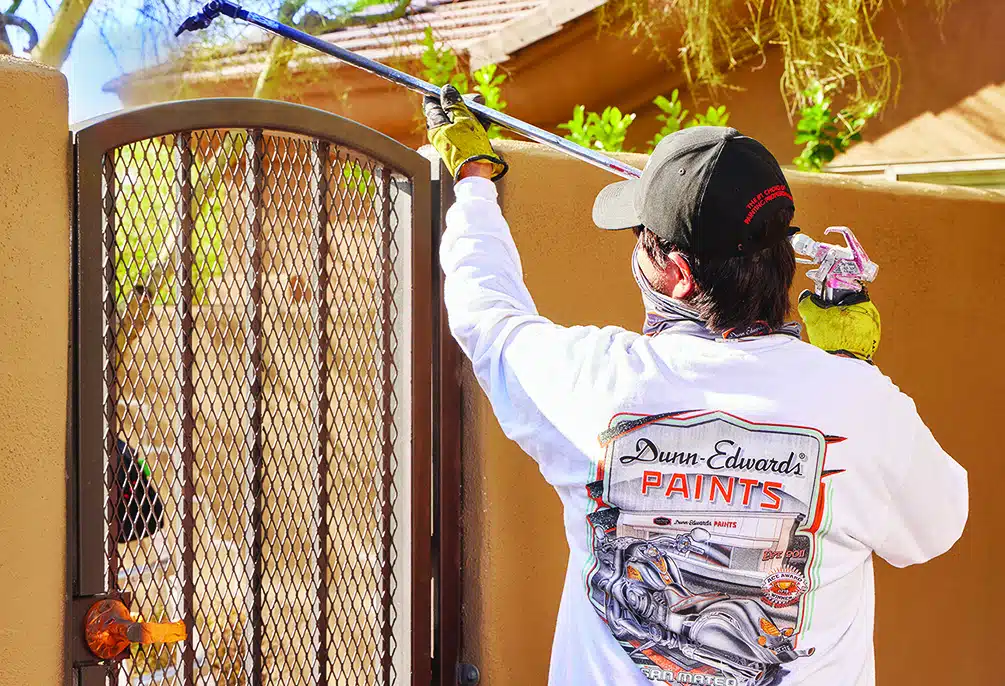Wax Bleed
Definition
Unsightly discoloration or a “wetting effect” on hardboard siding. The wax comes from the additives used to make the board more moisture-resistant.

Causes
- Failure to apply the proper primer to the hardboard before painting
- Allowing hardboard siding to weather before painting
- Use of dark paint colors, which absorb heat and can accelerate wax bleed
- Too little paint; wax bleeding is more likely in thinly painted areas
- Applying a hard finish over a softer coat without priming, or painting over a glossy surface without sanding
- Using low-quality paints, whose low levels of resin allow wax to bleed through the paint film
Solutions
- Unprimed boards should be primed or painted within 30 days. Factory-primed boards should be painted within 90 days of installation.
- On unprimed boards, apply the recommended primer and two topcoats. Follow the recommended film thickness application on the label.
- Select top-quality, oxidative primers and topcoats for unprimed hardboard to help prevent wax bleeding.
- First determine if wax bleeding is the problem:
- Place a few drops of bleach on the discolored area. Household bleach does not affect wax so if there is no whitening or bleaching, the stain is likely wax.
- Place a few drops of water on both normal and discolored areas. If the water beads up and runs off, a wax film probably exists.
- Rub the area with your finger. In severe cases, the wax feels like an oily substance. a few drops of bleach on the discolored area. Household bleach does not affect wax so if there is no whitening or bleaching, the stain is likely wax.
- Place a few drops of water on both normal and discolored areas. If the water beads up and runs off, a wax film probably exists.
- Rub the area with your finger. In severe cases, the wax feels like an oily substance.
- If the wax is light or moderate, the area can be cleaned with a detergent solution. In cases of severe bleeding, the surface must be cleaned thoroughly with mineral spirits. Dispose of all waste materials in accordance with local regulations.
- Allow the surface to dry thoroughly before priming. Prime the surface with a high-quality primer and finish with the recommended Dunn-Edwards top coat.
Product Recommendations
Primer
Desired Finish
Recommended Primer
Natural Wood
Synthetic Wood
Exterior
Surface
Recommended Product
Satin/Low Sheen
Please note that these suggestions are provided as a service to you. We are unable to guarantee or be responsible for the results obtained by these procedures. If you have additional questions, ask any of our expert sales associates.






